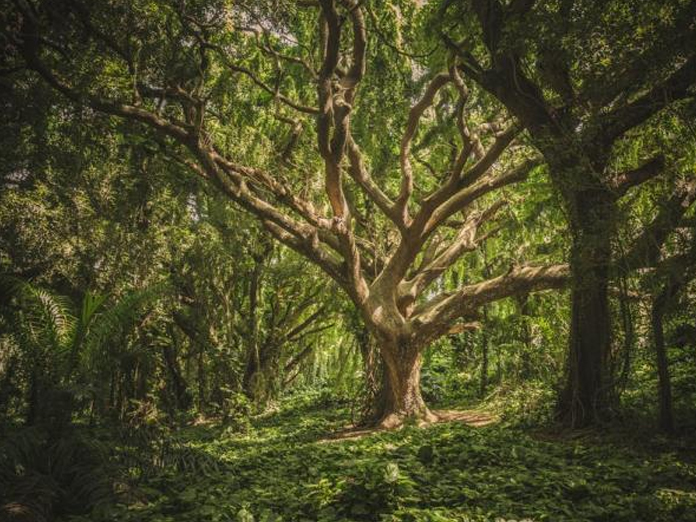Global forest growth limited by scarcity of water as climate warms up

Lack of water is playing a major role in limiting global forest growth as the climate warms, a recent study has suggested According to the research published in the Journal of Science Advances, the effect is most evident in northern climates and at high altitudes where the primary limitation on tree growth had been cold temperatures, reported the team this week in the online journal Science Advan
Washington: Lack of water is playing a major role in limiting global forest growth as the climate warms, a recent study has suggested. According to the research published in the Journal of Science Advances, the effect is most evident in northern climates and at high altitudes where the primary limitation on tree growth had been cold temperatures, reported the team this week in the online journal Science Advances.
"Our study shows that across the vast majority of the land surface, trees are becoming more limited by water," said first author Flurin Babst. "This is the first time that anybody has projected the tree growth responses to climate at a near-global scale," he added.
As part of the study, the researchers compared the annual growth rings of trees during two time periods, 1930-1960 and 1960-1990. The growth rings are wider when conditions are better, narrower when conditions are worse. The ring-width measurements were taken from trees at about 2,700 sites spanning every continent except Antarctica.
For those two time periods, the team also mapped average temperature, precipitation and measures of drought stress on plants onto a grid covering the world's temperate and boreal regions. Comparing 1930-1960 with 1960-1990, the average temperature increased 0.9 degrees F (0.5 degrees C) and the land area where tree growth was primarily limited by temperature shrank by 3.3 million square miles (8.7 million square kilometres), an area about the size of Brazil. The finding has implications for future forest and tree growth and for forest management, said Frank, one of the lead researchers.







